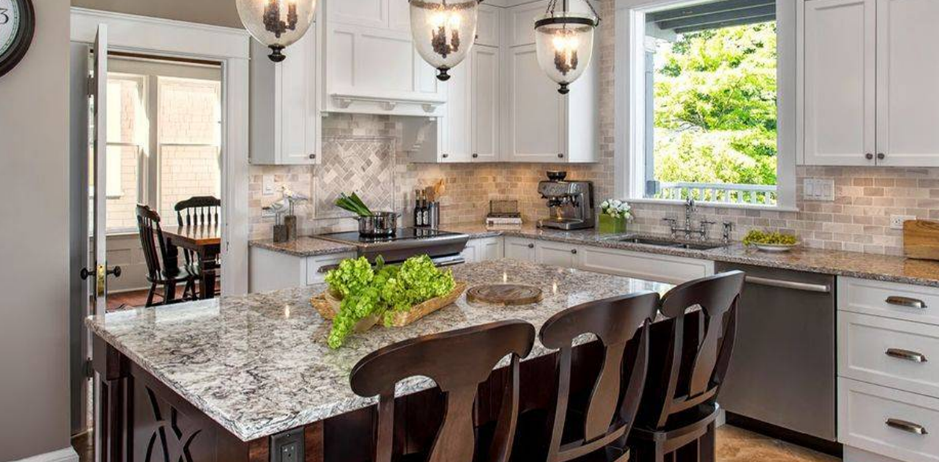Lighting is a crucial element in interior design. It influences the mood of a space, highlights design features, and affects how colors appear. A well-lit room feels inviting and comfortable, while poor lighting can make a space feel unwelcoming. This blog explores how lighting impacts interior design and shares tips from home designers and interior designers.
Understanding Different Types of Lighting
When discussing lighting, it is essential to understand the three main types: ambient, task, and accent lighting.
- Ambient Lighting: This is the main source of light in a room. It provides overall illumination and is usually created using ceiling fixtures, chandeliers, or wall sconces. Ambient lighting should be bright enough to allow activities but soft enough to create a welcoming atmosphere.
- Task Lighting: This type of lighting focuses on specific areas where tasks are performed, such as reading or cooking. Table lamps, desk lamps, and under-cabinet lights are common examples of task lighting. Interior designers recommend using task lighting in areas where more light is needed to reduce eye strain and increase efficiency.
- Accent Lighting: Accent lighting is used to highlight specific features, such as artwork, plants, or architectural details. Spotlights and wall-mounted fixtures are great options for accent lighting. By directing light toward these features, home designers can create a focal point in the room.
The Role of Natural Light
Natural light is another vital factor in interior design. It enhances the ambiance of a space and can make rooms feel larger and more inviting. Home designers suggest using large windows, skylights, and glass doors to bring in natural light. Additionally, using light-colored walls and reflective surfaces can help maximize the impact of natural light.
Incorporating mirrors into a room can also amplify natural light. By placing mirrors strategically, you can reflect light and make a small space feel more open. This technique is particularly useful in smaller rooms or apartments.
Choosing the Right Fixtures
The choice of light fixtures can significantly influence the overall design of a space. Interior designers often recommend selecting fixtures that complement the room’s style. For example, a modern space may benefit from sleek, minimalist fixtures, while a traditional room may call for ornate chandeliers or classic lamps.
When selecting fixtures, consider the size of the space. A large chandelier may overwhelm a small dining room, while a small pendant light may not provide enough illumination in a spacious kitchen. Balancing the size of the fixtures with the scale of the room is essential for achieving harmony in your design.
Dimming and Smart Lighting Options
Dimming options provide flexibility in lighting. With dimmers, you can adjust the light levels based on the time of day or the mood you want to create. For instance, brighter lighting is ideal for cooking or working, while softer lighting is perfect for relaxing or entertaining.
Additionally, smart lighting technology allows homeowners to control their lights with their smartphones or voice assistants. This innovation can enhance convenience and energy efficiency. Home designers often recommend incorporating smart lighting systems into modern homes for added functionality.
In conclusion
Lighting plays a significant role in interior design. It affects the mood, functionality, and overall aesthetic of a space. Understanding the different types of lighting and how to utilize them effectively can make a substantial difference in your home.
If you are looking for expert guidance in designing your space, Quality Marble Design is here to help. With our knowledge of home designers and interior designers, we can assist you in creating the perfect ambiance in your home through thoughtful lighting solutions. Reach out to us today to explore how we can transform your space.



